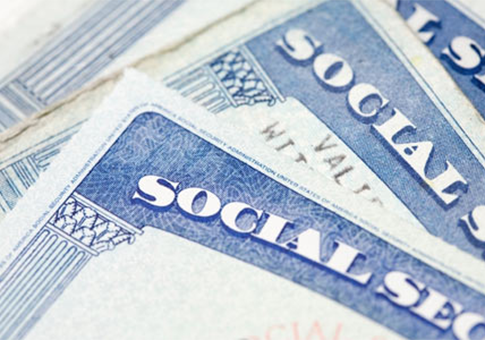The Social Security Administration (SSA) spends more money than it collects when trying to recover payments to individuals who received benefits for which they were not eligible.
According to the Office of Inspector General (OIG), the SSA issued $128.3 million in "low-dollar" overpayments between 2008 and 2013, and then spent $323 million to collect them. The agency ultimately recovered only $109.4 million.
"This resulted in SSA spending over $213.6 million more than it collected," the OIG said, in an audit released Wednesday.
The OIG defines an overpayment as "benefit payments greater than the amount to which individuals are entitled."
The overpayments were distributed through the SSA’s Retirement and Survivors Insurance (RSI), Disability Insurance (DI), and Supplemental Security Income (SSI) programs. The SSA issued approximately $16.8 billion in disability insurance overpayments alone in the past decade.
"Generally, SSA attempted to collect overpayments regardless of the amount," the OIG said. "In some cases, the value of the overpayment was less than what SSA spent to collect the overpayment. Therefore, for some overpayments, collection was not always cost-beneficial."
A "low-dollar" overpayment is less than or equal to the agency’s average cost to retrieve an overpayment.
It cost the SSA an average $164.11 to collect each RSI overpayment, $268.32 for each disability insurance overpayment, and $56.63 for each SSI overpayment in 2013, according to the agency’s Cost Analysis System (CAS).
However, the OIG found errors within the accounting system. The CAS was not able to take into account SSI overpayments that took more than one step to recover. Some overpayments can take as many as five actions by the agency in order to get the money back, costing $283.15 for a single overpayment.
"Therefore, it is not possible to determine how much the average cost to collect an SSI overpayment in CAS is understated when multiple actions are required to collect an SSI overpayment," the OIG said.
"The time and effort involved to identify an overpayment can vary greatly. Several factors affect how long it can take to identify the correct overpayment amount, such as the reason for the overpayment, how long the overpayment spanned, and whether there are auxiliary beneficiaries eligible on the record that may be affected," they said.
The audit suggested the SSA could potentially have saved up to $3.2 billion if it was able to divert the millions it spent collecting low-dollar overpayments elsewhere, the OIG said.
The agency uses full medical Continuing Disability Reviews (CDRs) to determine if beneficiaries are in fact still disabled and eligible to receive benefits. By putting the $323 million into processing additional CDRs, the SSA could have reduced its backlog of 1.3 million beneficiaries awaiting reviews in 2013. Each review has a return on investment of $10 for the agency.
"However, the Budget Control Act of 2011 capped the amount of additional new budget authority SSA could use for CDRs and SSI redeterminations for FYs 2012 through 2021," the OIG said. "Therefore, SSA had limited authority to use these resources for other workloads."
